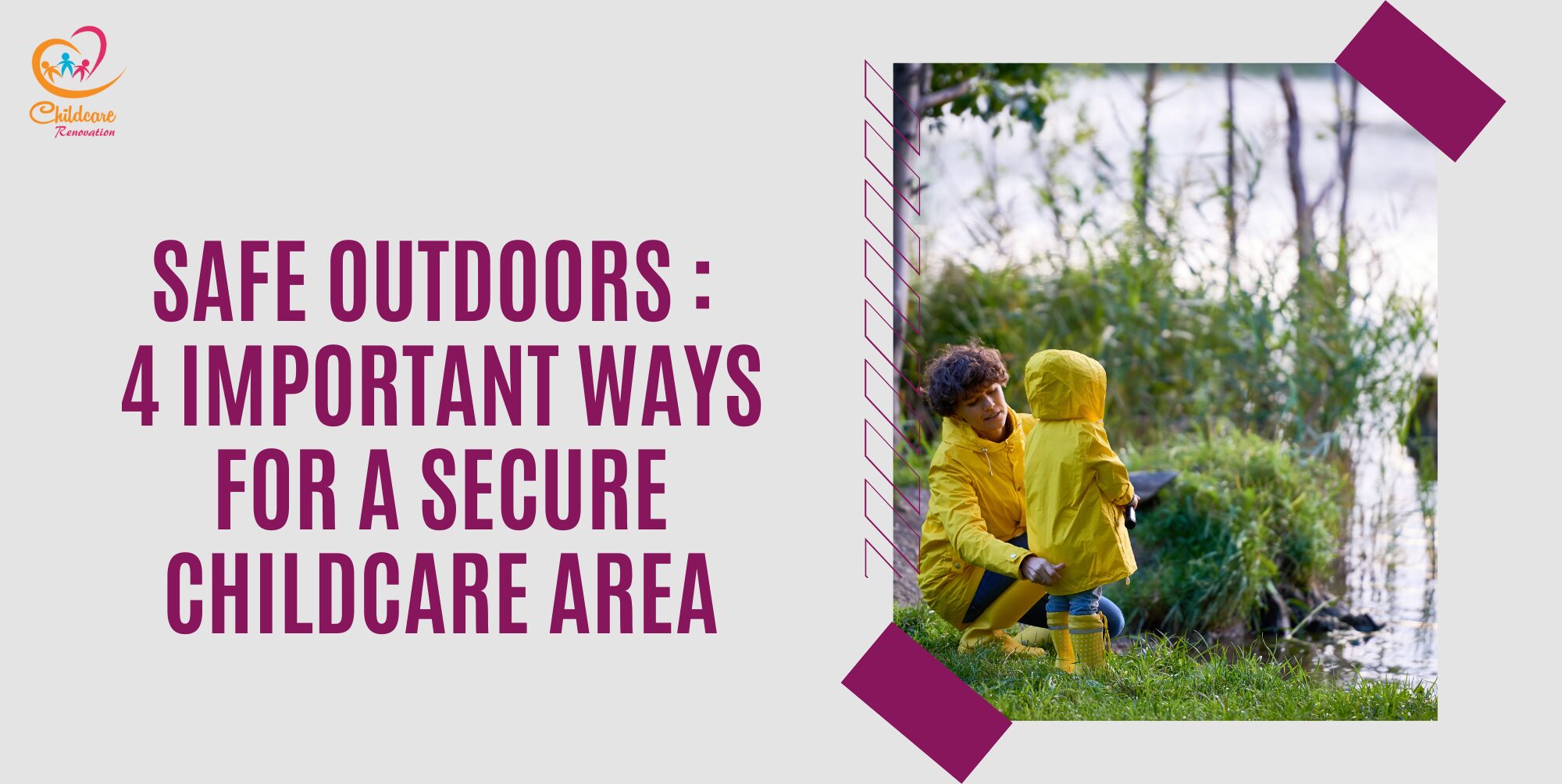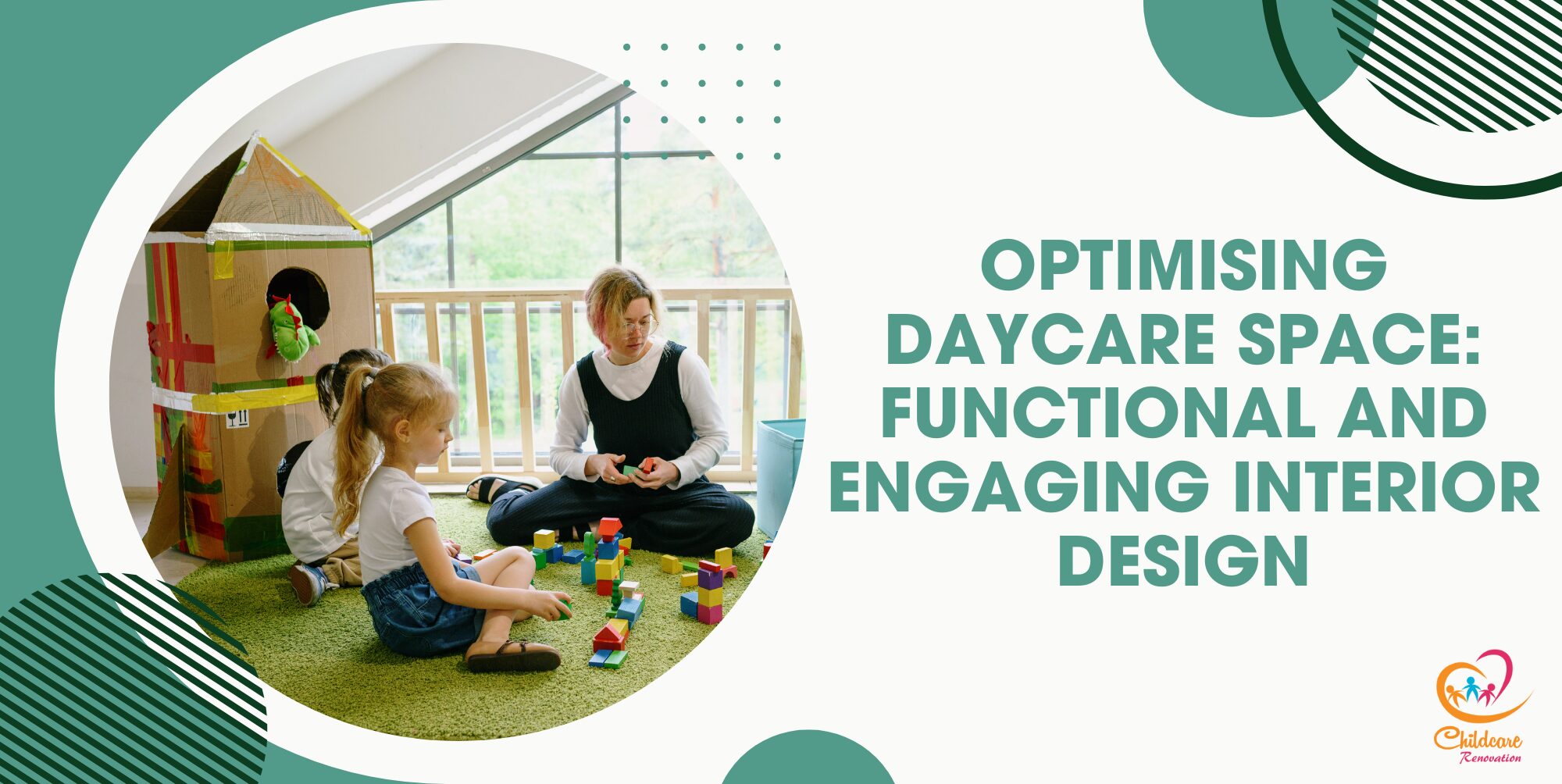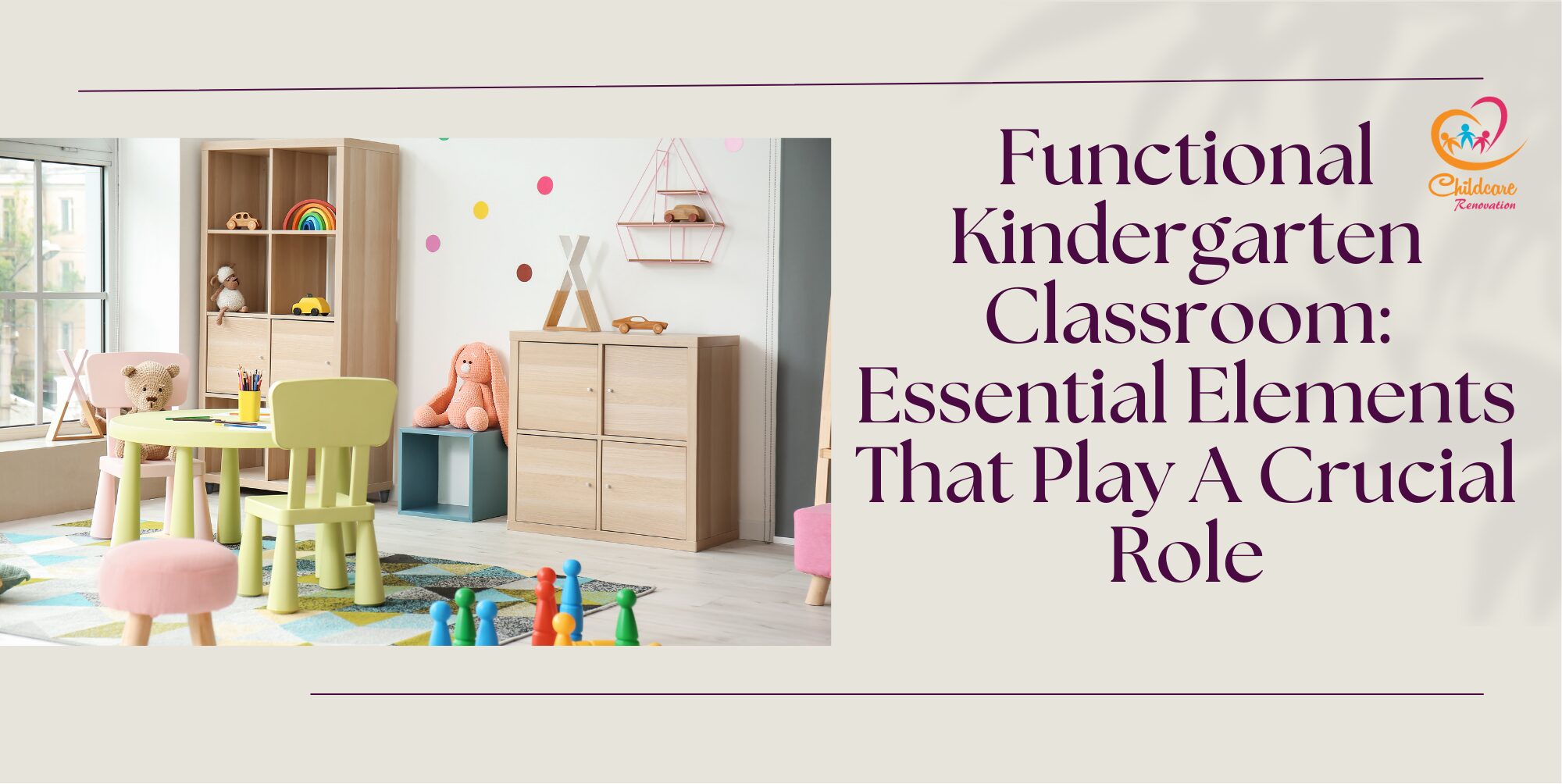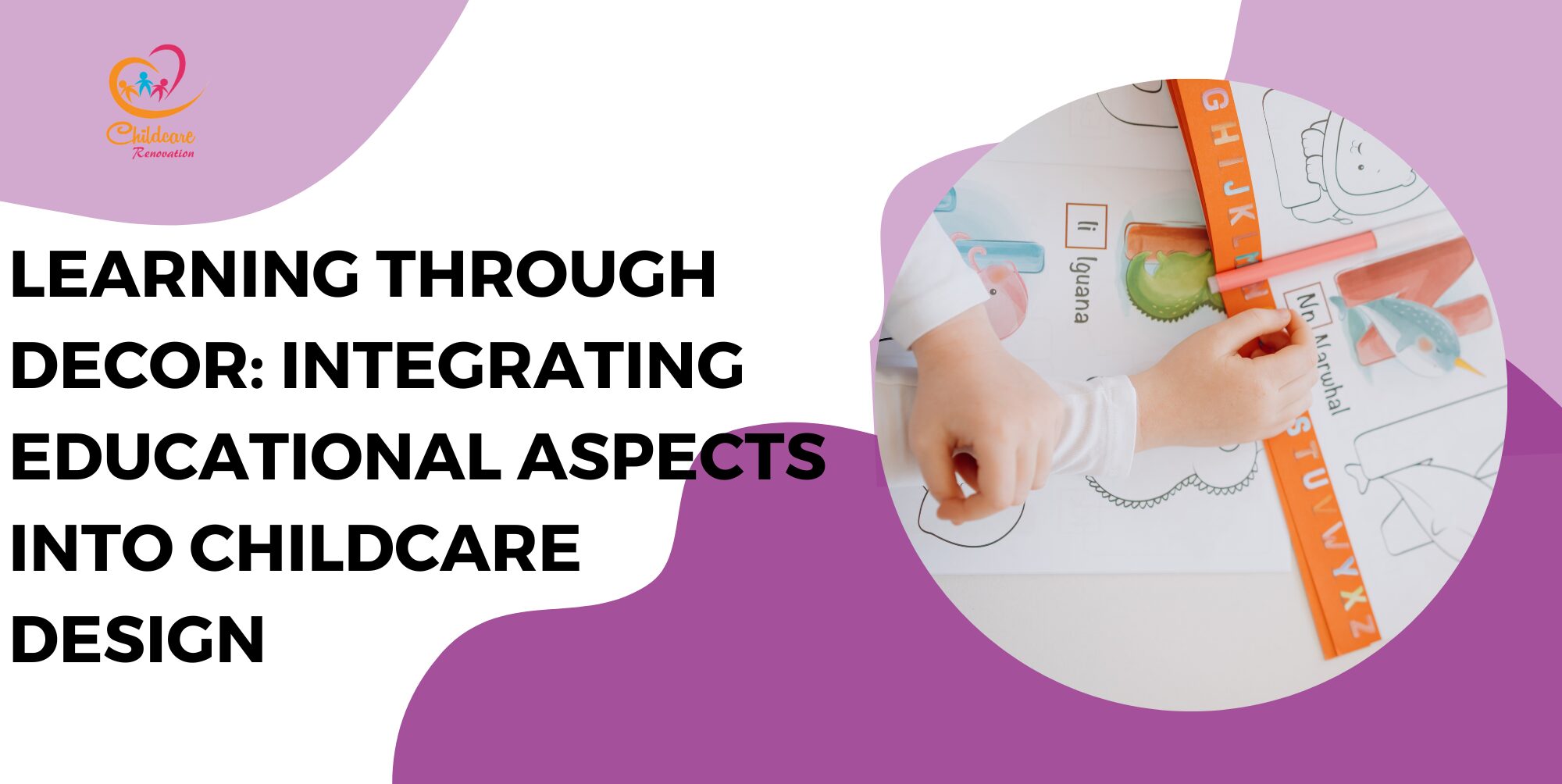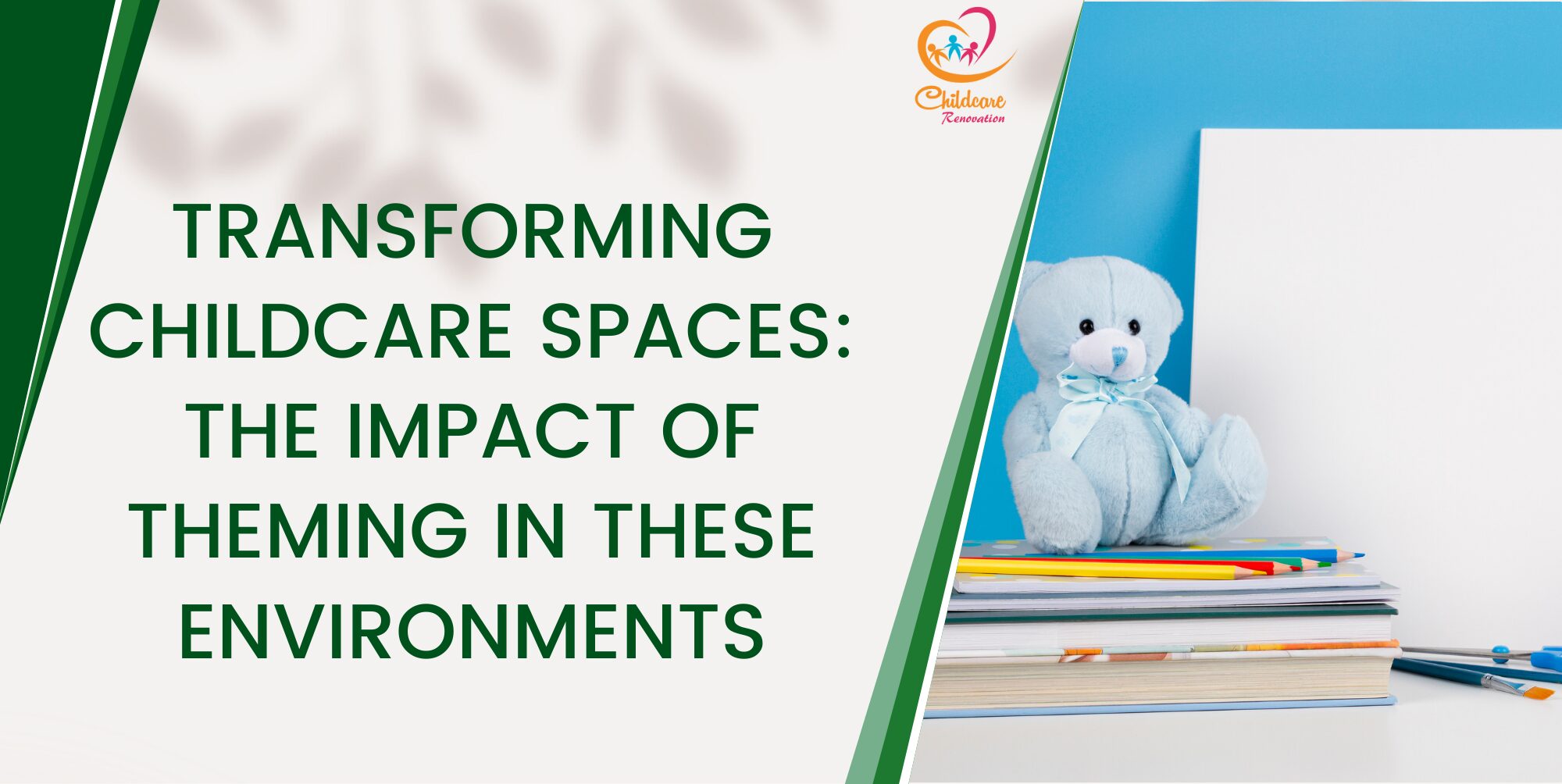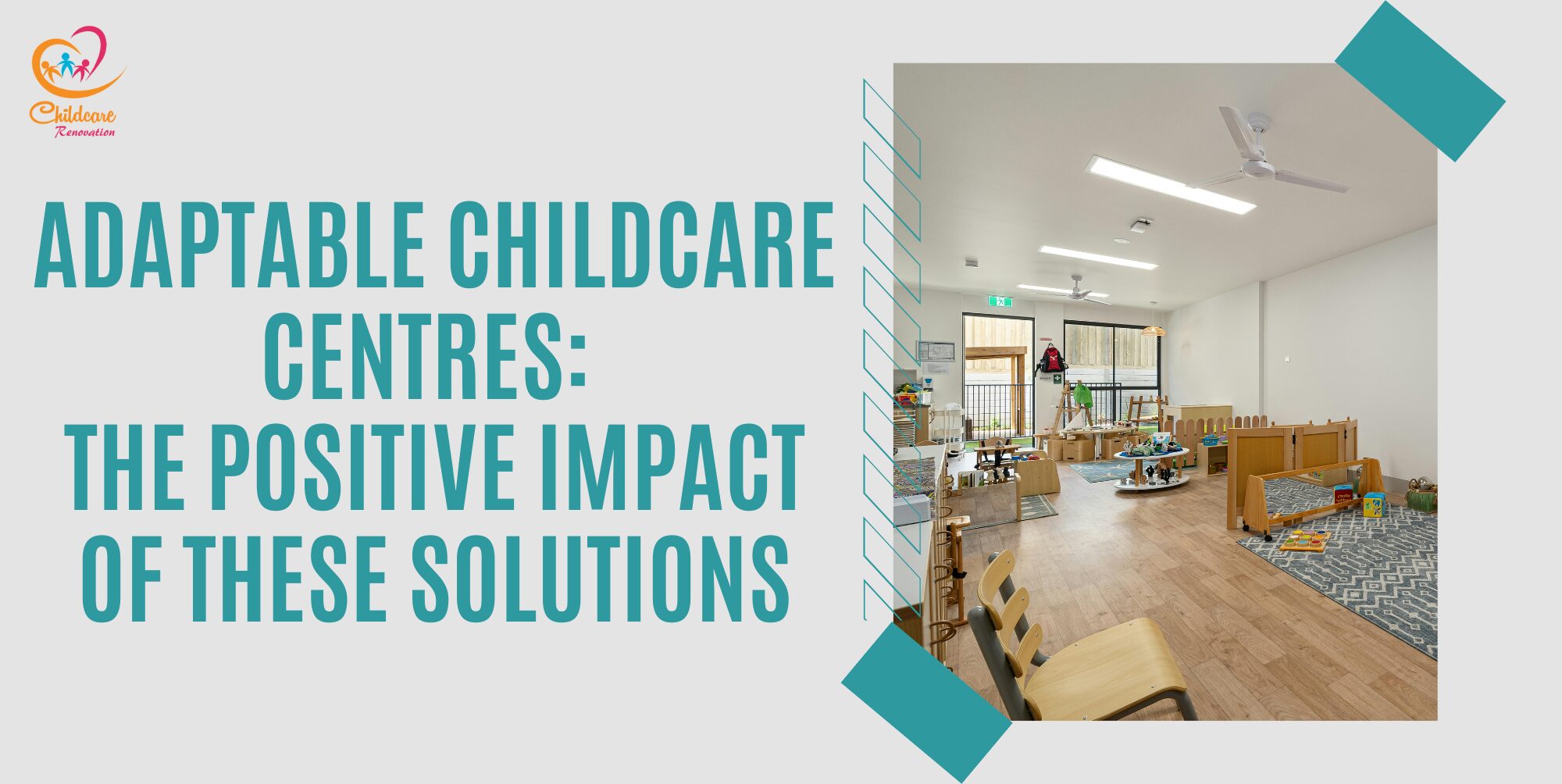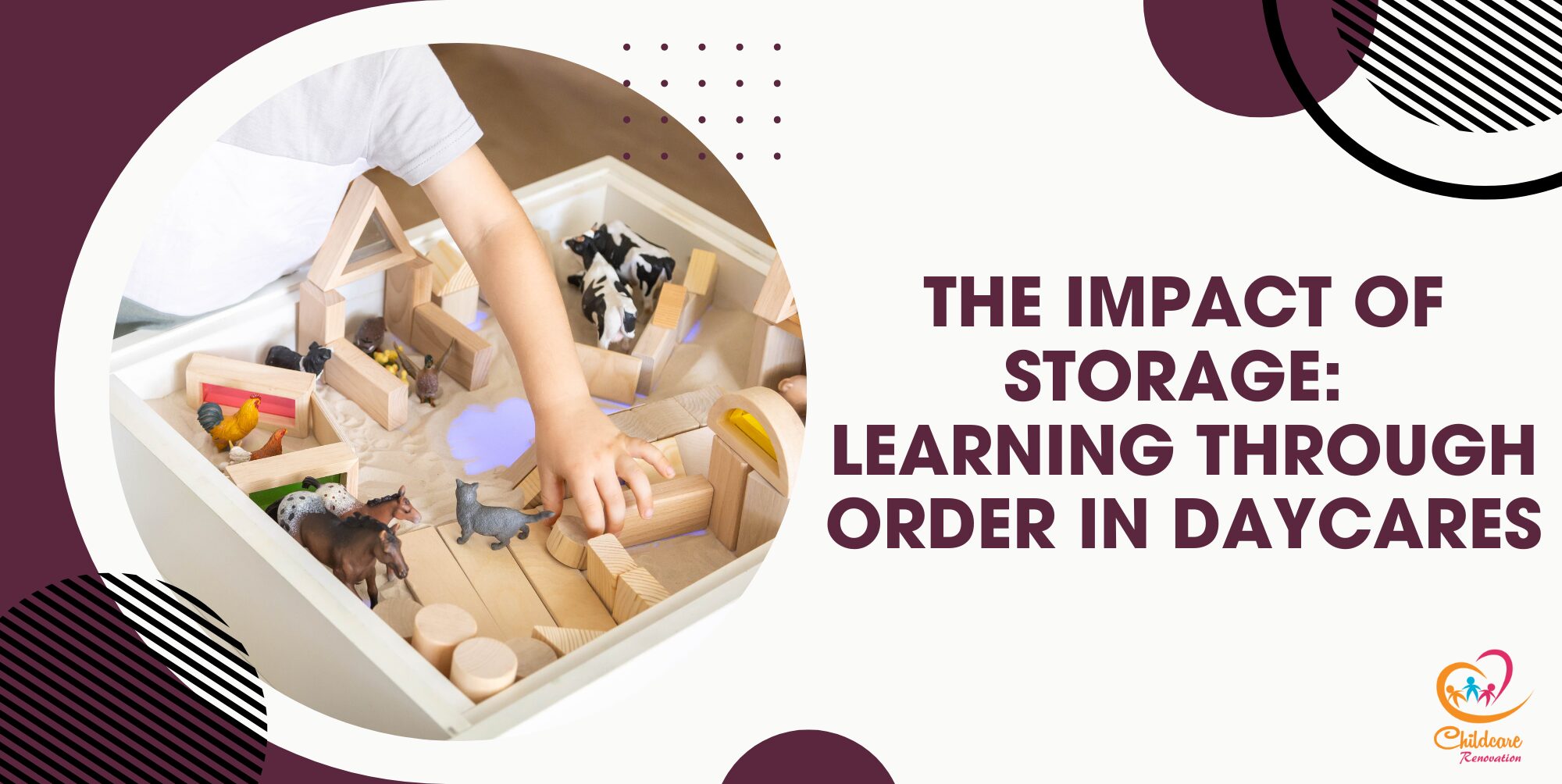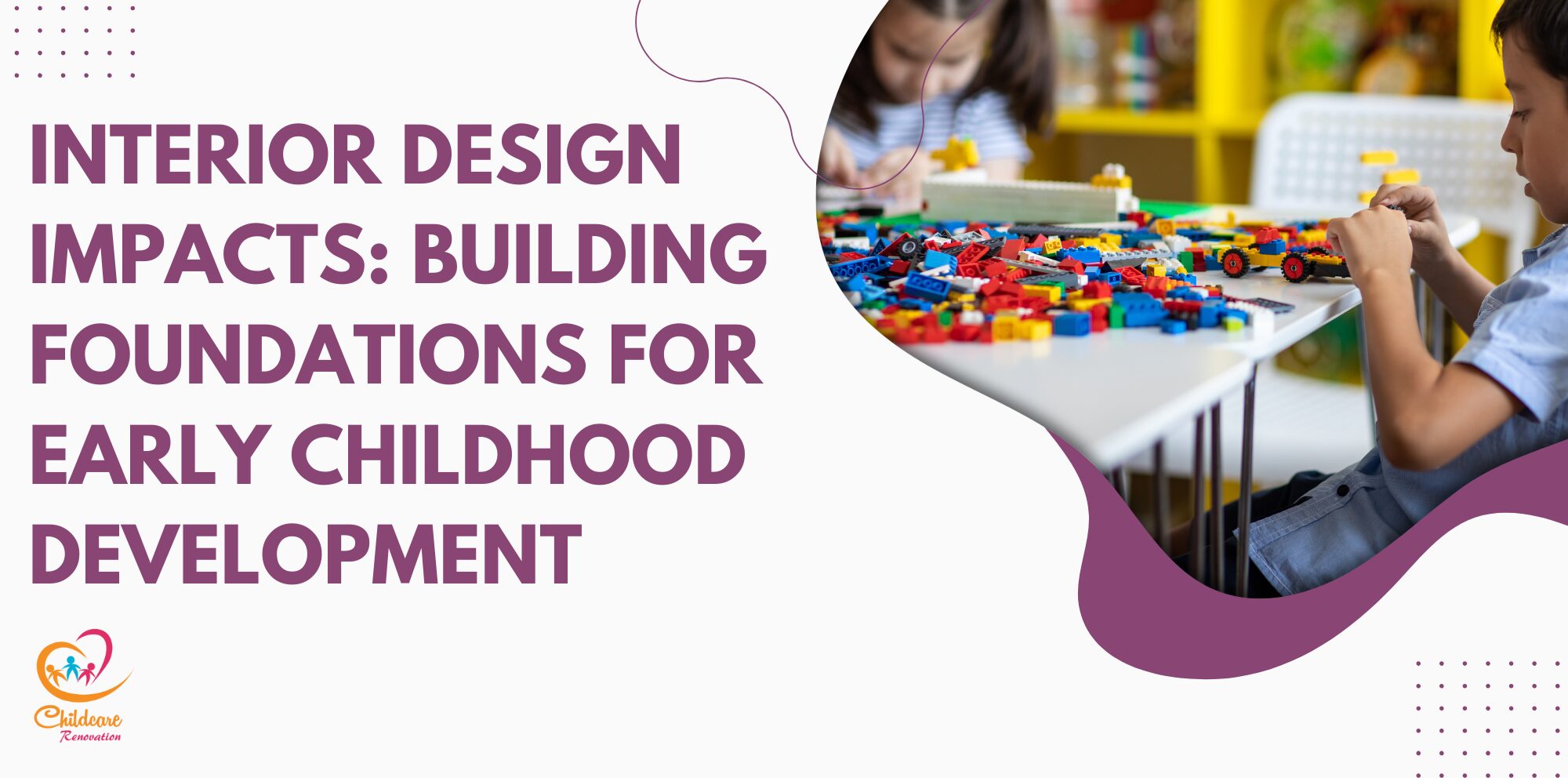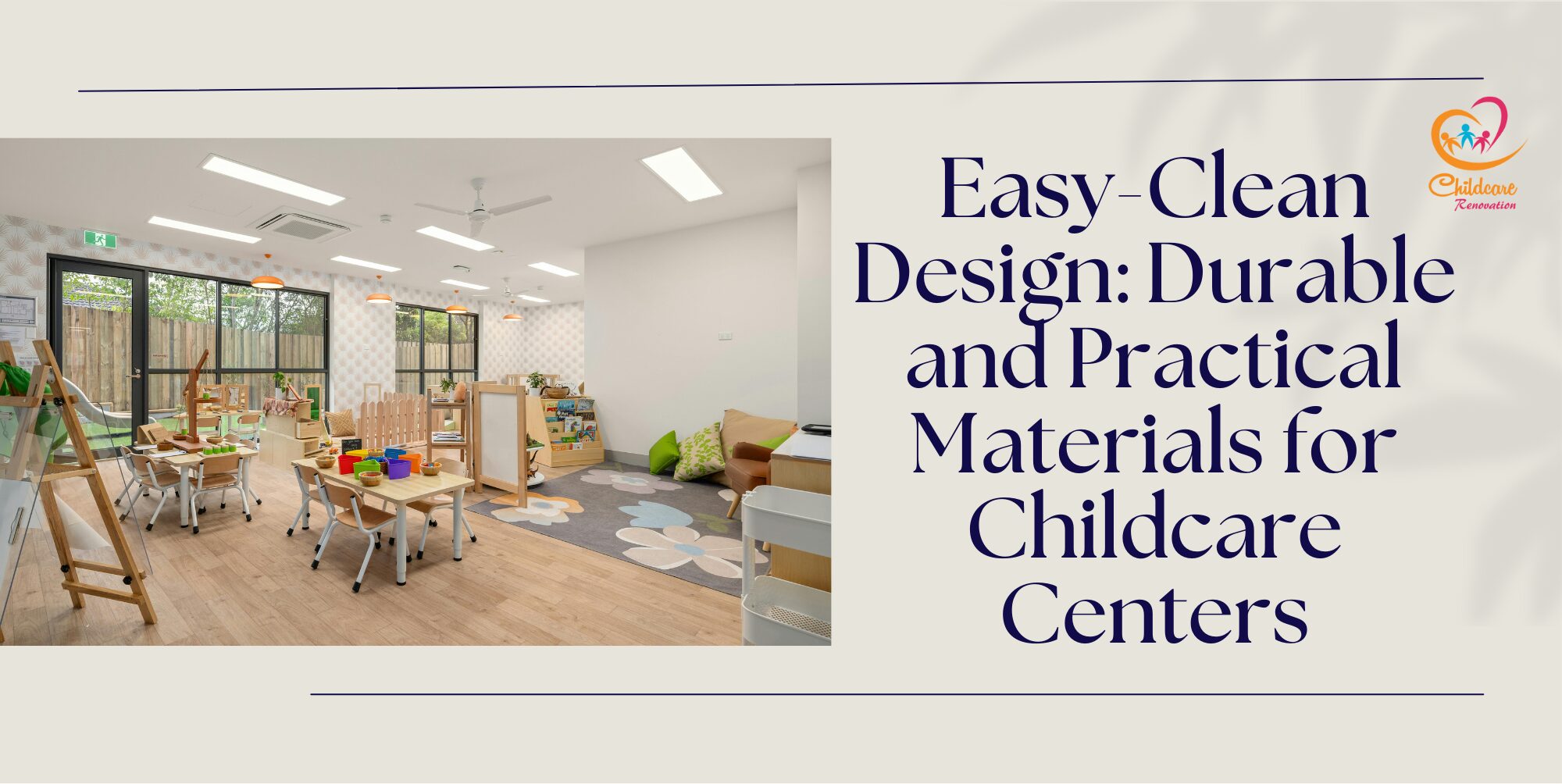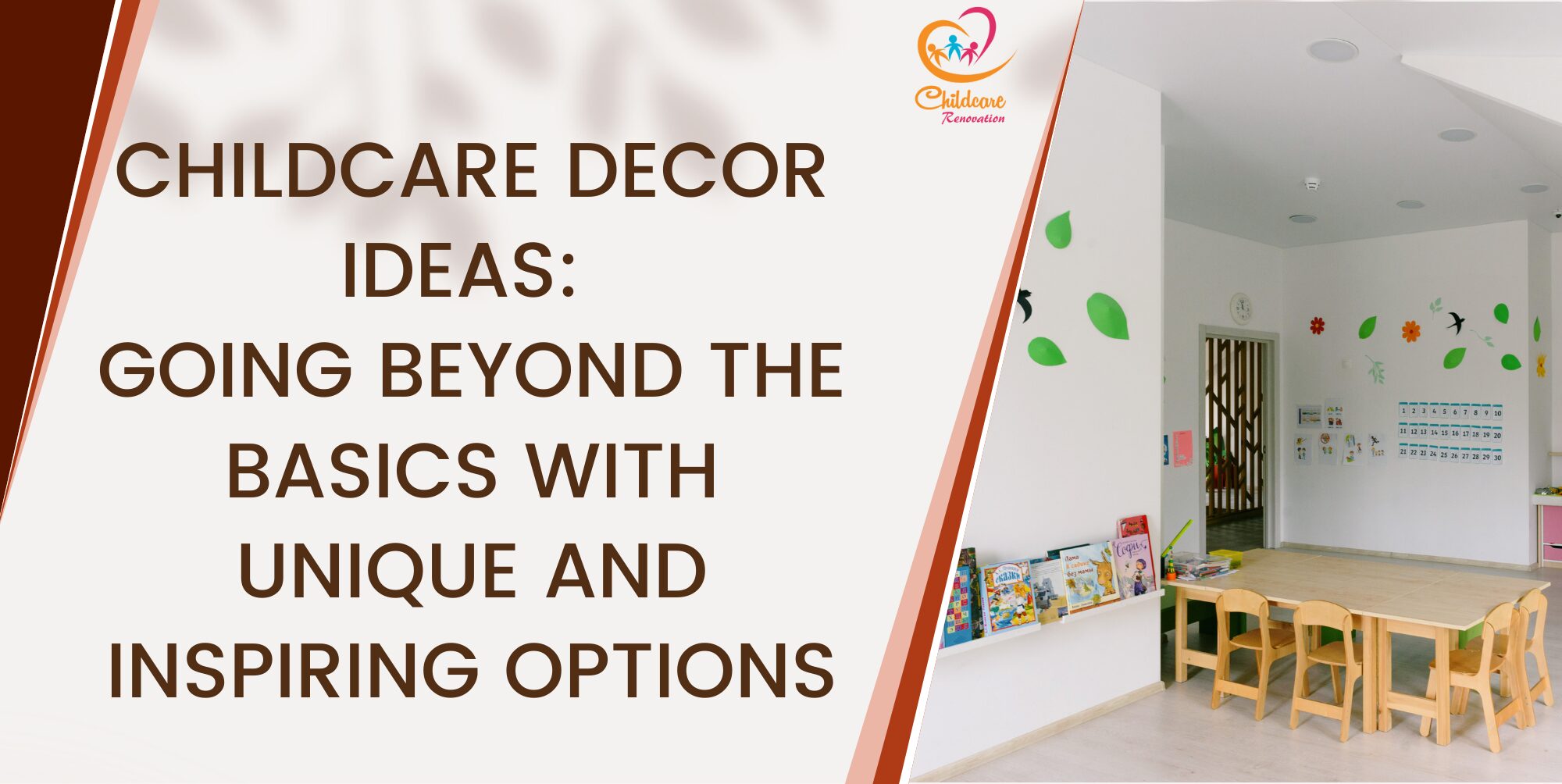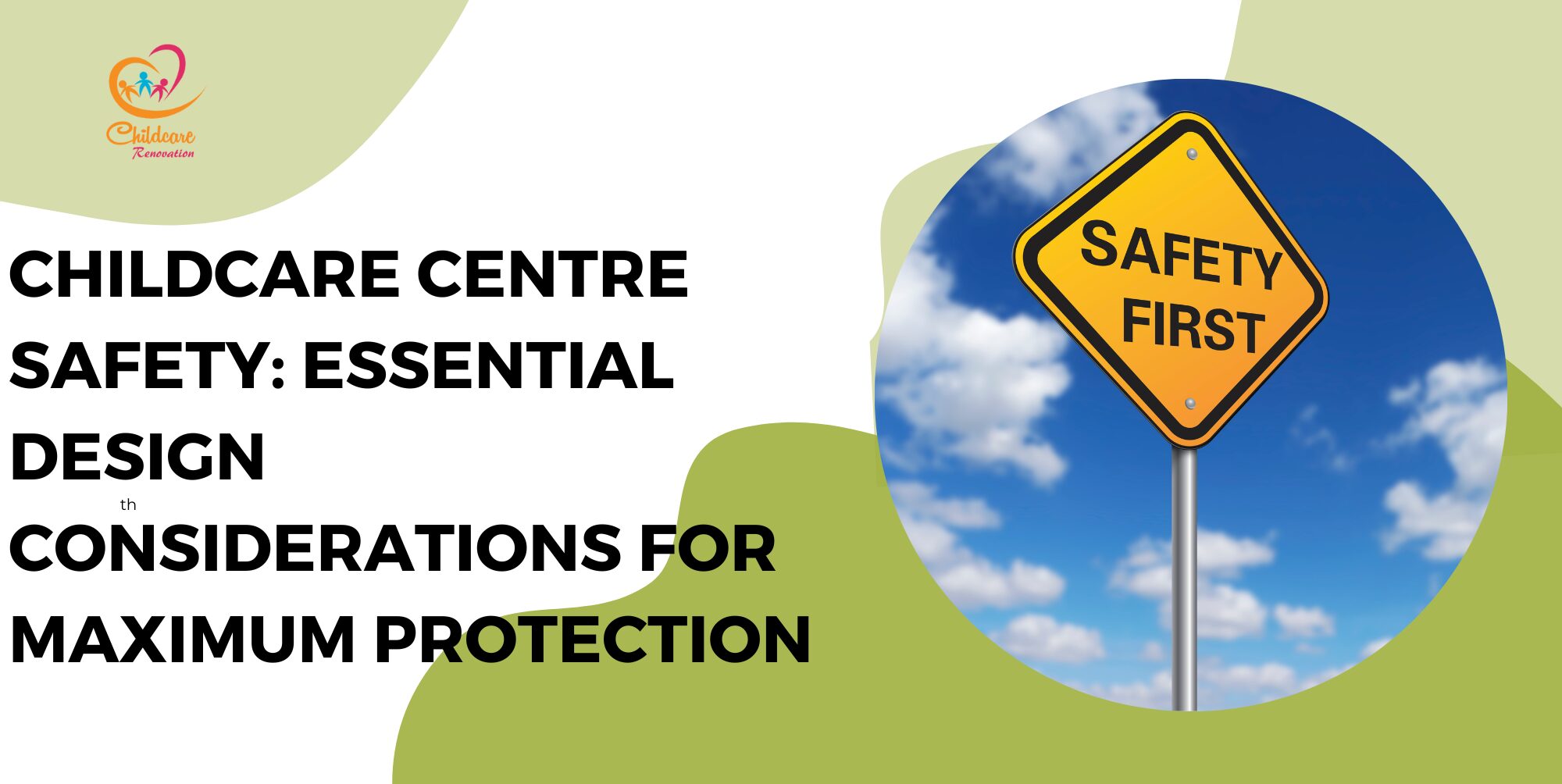Safe Outdoors #1: Proper Design And Outdoor Setting

Image Credit: Canva
Design and outdoor setting are important aspects in creating a safe outdoor environment for day care centres so that children can play freely while minimising risk. A good outdoor space starts with secure fencing and locking doors to prevent unauthorised access and keep children safe. The design and setting should include different areas for different activities such as toys, quiet areas and gardens to improve the environment and create different sports and fun elements.
Material selection is important to prevent injury. For instance, shock absorbing materials such as carpet, sand or soft grass should be used under playground equipment to absorb the impact from falls and reduce the risk of serious injury. In addition, the design must take into account of the accessibility of the area — , so the guards or even security systems can have a good view of the surrounding environment and take care of all parts of the space without any blind spots. This ease in viewing is important to care for children and to respond immediately to problems that may have taken place.
Adequate shade should be provided in the form of tents, canopy or trees — to protect children from excessive sunlight and prevent health problems. These elements must be carefully designed and installed for it to be effectively used among children as well as the caretakers in the childcare centre regardless of disabilities or even the type of activity conducted.
Regular maintenance and cleanliness is important so that the area remains free of hazards such as broken glass, garbage or animal waste. By combining these design principles, childcare centres can create an outdoor environment that is not only healthy, but also suitable for play and thinking — improving children’s well-being and health.
Safe Outdoors #2: Safe Equipment Usage
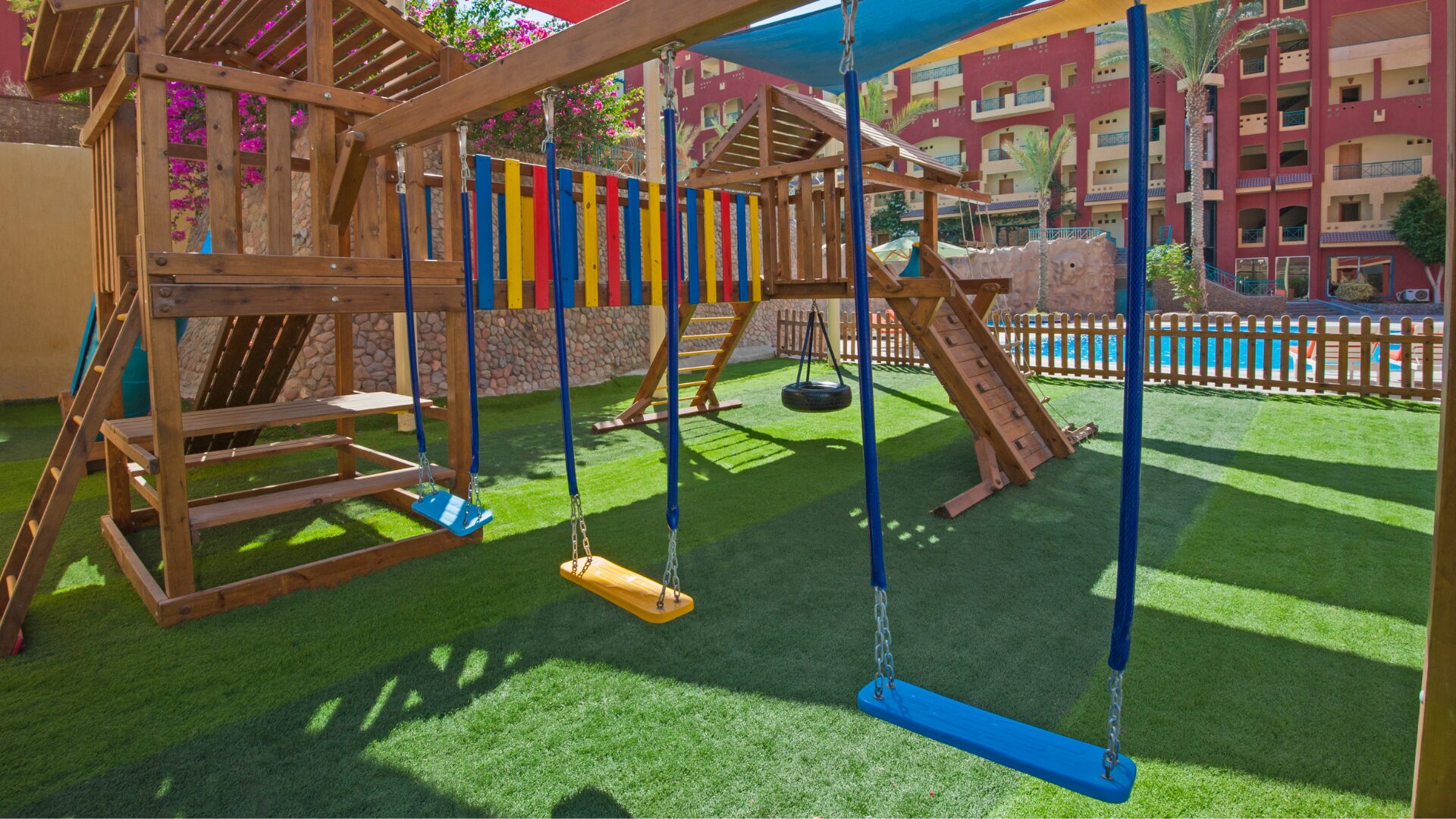
Image Credit: Canva
When creating a safe outdoor environment for a childcare centre, it is important to ensure the safety of the equipment used. Equipment should be carefully selected and stored to prevent injury and to keep children safe. First, it is important to choose equipment that is designed to fit the dimensions of the children who will use it. For younger children, it is recommended to choose a device that is shorter in length and has a simple structure while slightly older children may require a more complex setup.
Regular inspections are important. It should be a normal routine in childcare centres to regularly check equipment for loose parts, damaged areas or even sharp edges and proceed to correct problems promptly to prevent accidents among the young children. It is also important to secure all equipment to the ground so that it does not vibrate or move during use.
For added safety, it is recommended to place absorbent materials such rubber or sand on and around playground equipment to reduce the impact upon falls — thus, preventing any form of injuries to be inflicted among children or even the caretakers. Protective structures must be installed to protect children from excessive sun exposure as heat-related illnesses and sunburn can occur over time.
Additionally, making sure the equipment installed is easy to clean and maintain will help avoid dirt or mud-related accidents. By understanding the design of outdoor areas, caretakers can monitor the children and respond to any situation easily and quickly.
Finally, it is key to make sure all employees are trained in equipment safety and emergency procedures so they can respond quickly and effectively in the event of an emergency. By paying attention to these factors, childcare facilities can create fun and safe outdoor spaces — creating a safe environment for children to explore and play.
Safe Outdoors #3: Maintenance And Upkeep

Image Credit: Canva
Keeping the outdoor area of a childcare clean and properly maintained is a very important part of creating an safe childcare space. A well-maintained playground can reduce the chances of accidents and promote a safe and fun playground. A regular maintenance routine should be in place to ensure that outdoor areas are free of hazards such as broken glass, sharp objects and debris. This includes regular inspections and prompt removal of any debris or potentially damaging hazards.
It is also important to dispose of waste safely and use appropriate cleaning agents to prevent contamination and maintain cleanliness. Pest control is another important factor. Childcare centres should implement safe and non-toxic methods to manage insects, pests and rodents — ensuring that these measures create a safe environment for the children. The surfaces within the outdoor environment such as playground mats or sand pits should be cleaned and inspected frequently to prevent the buildup of dirt or harmful microorganisms.
Regular maintenance of play equipment is also vital — staff should routinely inspect equipment for wear and tear; thus, ensuring it is securely anchored and free from sharp edges or loose parts. Ensuring that these elements are in good condition not only prevents accidents but also extends the longevity of the outdoor facilities.
By integrating consistent cleaning practices and proactive maintenance routines, childcare centres can create an outdoor space that is not only safe and hygienic but also inviting and conducive to positive play experiences. This commitment to cleanliness and care ultimately supports their safety and well-being — creating a safe and enjoyable environment for them to grow and explore.
Safe Outdoors #4: Incorporating Safe Natural Elements
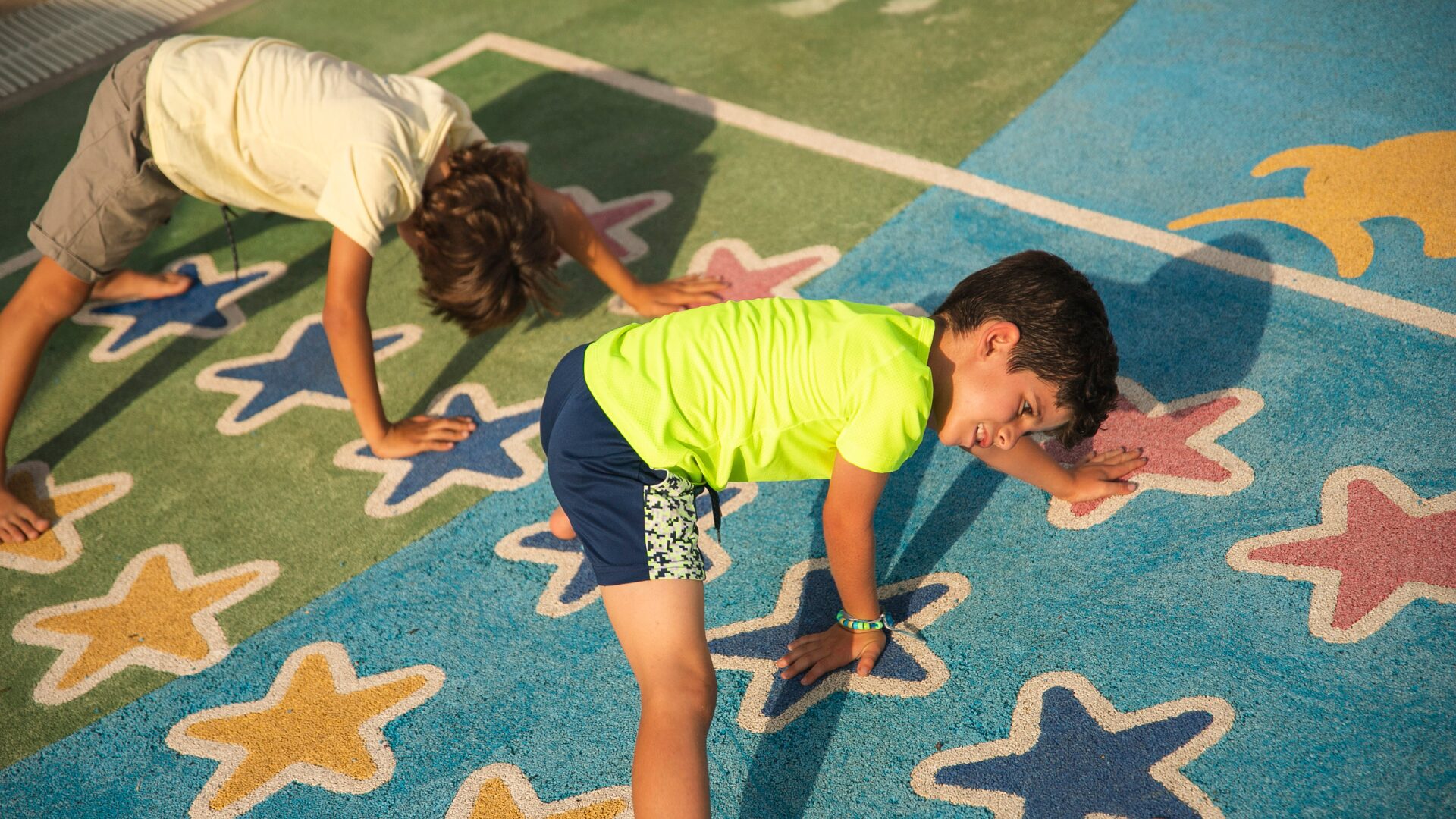
Image Credit: Canva
Incorporating natural elements into the design of the childcare’s outdoor space improves safety and the overall learning experience. Choosing the right plants for children is important — centres should choose non-toxic varieties to prevent health risks and avoid plants with rough or sharp leaves that can be harmful to the children and caretakers. Adding cover materials such as trees or protective shades is important to protect children from excessive sunlight and reduce the risk of heat-related illnesses.
In addition, natural play features such as sandboxes or water areas provide intuitive experiences while incorporating natural and safe materials within the area. If water features are included, centres should ensure that they are shallow and well enclosed to prevent drowning hazards and reduce the risk of slips and falls. Walkways and platforms should be made with materials such as rubber or grass to provide support and flexibility for children’s feet. By adding meaningful elements such as textured fabrics or plants, children can interact with their environment in meaningful ways, fostering curiosity and cognitive development.
Regular maintenance of these natural elements is important to keep them safe, clean and free from pests and growth. Having design and other integration within the space is important such as including facilities for the disabled to making outdoor spaces accessible to all children. In general, incorporating natural elements not only enhances the aesthetics of outdoor spaces but also creates a safer and more stimulating environment that supports the development and growth of the children.
Speak with The Experts
Planning to get started at your kindergarten but have no idea about it?
Childcare Center Renovation Singapore is a reliable company for renovation and interior design. They have about ten years of experience in this field and have a good reputation among customers.
Call us now to get your desired kindergarten design ideas now!

